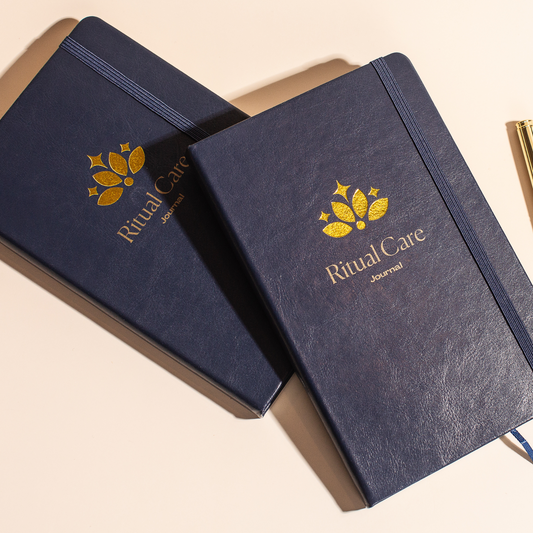Do you ever feel like you’re unhappy with your work or career? If so, you’re not alone. According to Designing Your Life by Stanford University lecturers Bill Burnett and Dave Evans, two-thirds of workers in the United States are unhappy with their jobs and 15 percent hate their work.
The saying, “They call it work for a reason,” seems to be the common mantra for many. This begs the question, “Is it possible to find rewarding and meaningful work?”
For Burnett and Evans, the answer is, “Yes.” They re-packaged their popular undergraduate course, “Designing Your Life,” as a book with the same title. In it, they debunk common happiness myths and share design-thinking methods, which are commonly used for developing products that help create the right life for you.
But whether you’re looking for a new job, a hobby, or a completely different career, you can use the following design-thinking strategies to guide you.
You can look at your life with the same sort of lens. Define the problem you’d like to address before you start anything else.
You can use a journal to start your curiosity quest. Write down and keep track of whatever questions arise. You may be able to find answers online or you may need to call up the folks who have answers.
Some of your ideas might be from left field, but list them anyway. Allow your brain to generate this list without being restricted by boundaries. Sometimes it takes a terrible idea to get to the good idea.
For example, if one of your main values is spending time with family, you might want to make sure your career choice doesn’t require a lot of out-of-town travel. On the other hand, if you’re trying to create an adventure- and travel-filled life, you may want to bypass the ideas that keep you in the same office day after day.
One way to try out a new hobby or career is to volunteer your time. Consider looking for an internship or audit classes at a local university.
If you commit to something without giving it a spin first, you might regret your choice.
According to Burnett and Evans, “Designers don’t agonize. They don’t dream about what could have been. They don’t spin their wheels. And they don’t waste their futures by hoping for a better past. Life designers see the adventure in whatever life they are currently building and living into. This is how you choose happiness.”
These six steps may be more commonly thought of in terms of new product development, but are just as easily applied to your life. Following this clearly defined process will allow you to chart a new path and improve your life.
The saying, “They call it work for a reason,” seems to be the common mantra for many. This begs the question, “Is it possible to find rewarding and meaningful work?”
For Burnett and Evans, the answer is, “Yes.” They re-packaged their popular undergraduate course, “Designing Your Life,” as a book with the same title. In it, they debunk common happiness myths and share design-thinking methods, which are commonly used for developing products that help create the right life for you.
But whether you’re looking for a new job, a hobby, or a completely different career, you can use the following design-thinking strategies to guide you.
1. Define Your Problem
One of the first steps of design thinking is to pinpoint the problem you’re trying to solve. If you’re developing a new smartphone application, you want to clearly identify the potential customer’s pain-point. As an app designer, you may say, “My customers’ problem is that they can’t easily find vegan-friendly restaurants in town.” You would then develop an app to help your customer locate restaurants that offer plant-based options.You can look at your life with the same sort of lens. Define the problem you’d like to address before you start anything else.
2. Be Curious
Design thinking requires curiosity and curiosity requires asking questions.- What interests you?
- What has made an impression on you?
- Who do you admire?
You can use a journal to start your curiosity quest. Write down and keep track of whatever questions arise. You may be able to find answers online or you may need to call up the folks who have answers.
3. Make a List
Known as ideation, this step of design thinking looks a lot like brainstorming. Take out a piece of paper or your journal and write down as many options as possible. For example, let’s say you want a new job, but the idea of switching careers seems overwhelming. Start with the simple step of listing as many jobs and careers that interest you as you can.Some of your ideas might be from left field, but list them anyway. Allow your brain to generate this list without being restricted by boundaries. Sometimes it takes a terrible idea to get to the good idea.
4. Narrow Down Your List
Once you have your large list of good and not-so-good ideas, it’s time to focus. Evans and Burnett recommend spending time on uncovering your core values. Values can help you weed out the ideas that won’t work for you.For example, if one of your main values is spending time with family, you might want to make sure your career choice doesn’t require a lot of out-of-town travel. On the other hand, if you’re trying to create an adventure- and travel-filled life, you may want to bypass the ideas that keep you in the same office day after day.
5. Prototype It
It makes sense to try something on at a clothing store before you purchase it. It’s also wise to “try on” your new career or hobby to make sure it’s a good fit. Is it possible for you to volunteer, shadow someone, or complete a free training to see if your choice feels right before diving in?One way to try out a new hobby or career is to volunteer your time. Consider looking for an internship or audit classes at a local university.
If you commit to something without giving it a spin first, you might regret your choice.
6. Don’t Agonize
Once you make your decision, you may find yourself wondering if you made the right choice. That normal human response doesn’t allow you to take full advantage of the choice you made. Use mindfulness to come back to the present and embrace your decision. Immerse yourself fully without looking back with regret.According to Burnett and Evans, “Designers don’t agonize. They don’t dream about what could have been. They don’t spin their wheels. And they don’t waste their futures by hoping for a better past. Life designers see the adventure in whatever life they are currently building and living into. This is how you choose happiness.”
These six steps may be more commonly thought of in terms of new product development, but are just as easily applied to your life. Following this clearly defined process will allow you to chart a new path and improve your life.






















